Having recently hearing about a dacha that was for sale extremely cheaply it got me thinking about them as a whole. That is because of the fact that while many in the west would not have heard of them, they are so culturally important in the old USSR.
In its simplest form it is a seasonal home located outside of a major city. Often situated in the countryside or on the outskirts of cities like Moscow or St. Petersburg, these homes serve as both a place for relaxation and a practical escape from city life.
While they can be anything from a small wooden cabin to a more luxurious villa, it’s typically modest in comparison to the sprawling city apartments many Russians inhabit.
The concept of the dacha has been ingrained in Russian culture for centuries, but it became particularly popular during the Soviet era. Back then, the government encouraged workers to grow their own food, and many were allotted small plots of land to cultivate. The dacha, then, became not just a retreat, but a symbol of self-sufficiency. It was here that generations of Russians grew their own vegetables, fruits, and flowers, forging a unique connection between the land and the people.
Table of Contents
The Soviet Influence – Symbols of the People
During the Soviet era, the dacha was considered an essential part of the state’s vision of a well-rounded citizen. The government distributed land to workers to encourage a sense of community, agricultural pride, and labor solidarity. In fact, many Soviet leaders, including Khrushchev, were known to enjoy the peace and simplicity offered by their dachas.
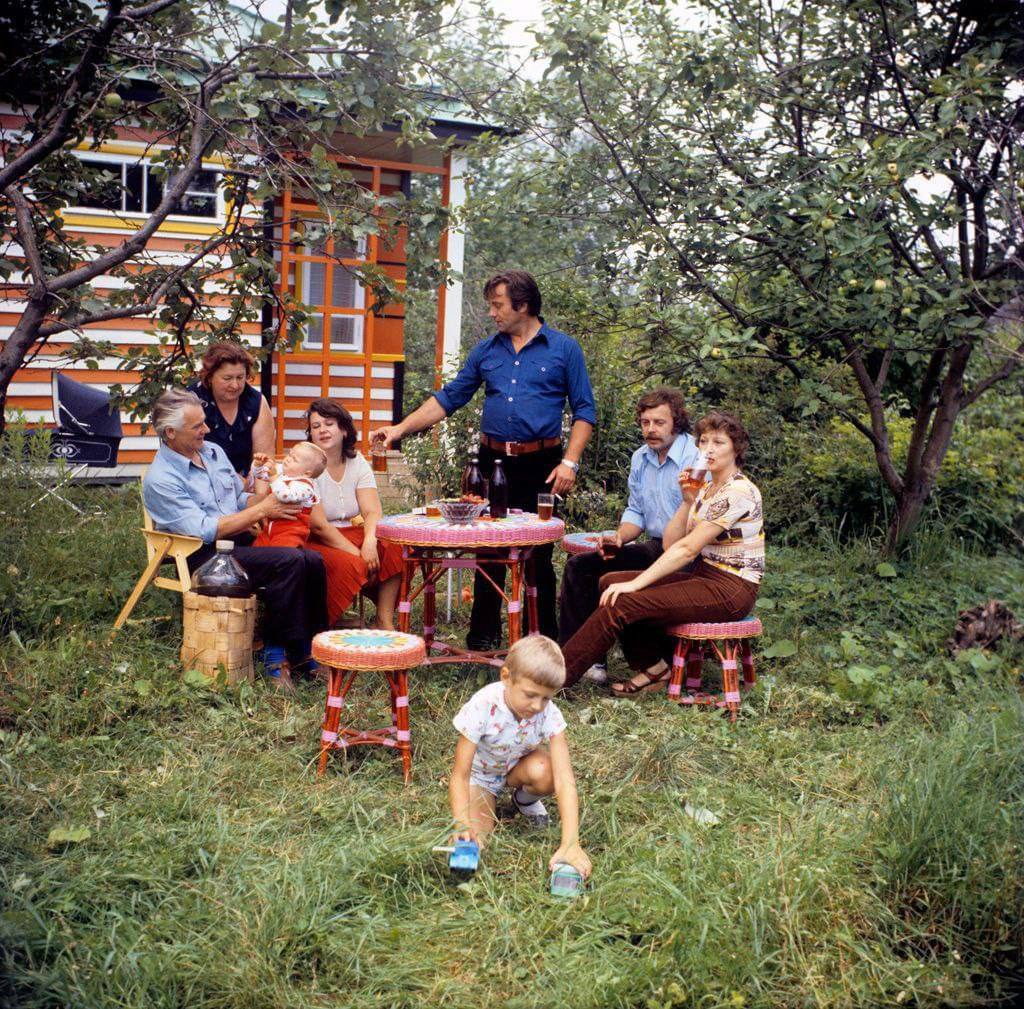
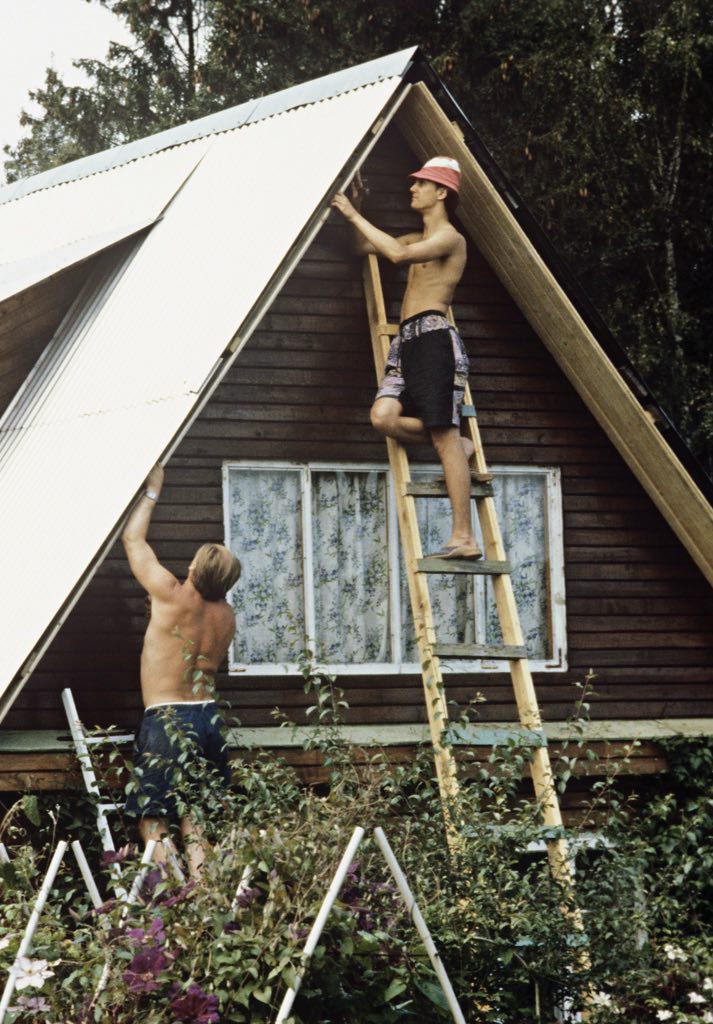
At the height of the Soviet era, they were considered a place for relaxation, but also a hub for agricultural production. Workers were encouraged to grow food on their plots and bring it back to the cities, providing not only a connection to the land but also alleviating food shortages. This idea of self-sufficiency was central to the philosophy of the Soviet Union and the dacha system became synonymous with the promise of a better life in the countryside.
Click the link to read about the Soviet Flag.
As a Cultural Experience
For many Russians, it represents more than just a physical structure—it is a cultural institution. It’s a place where families gather, children run through the yard, and grandparents pass down the traditions of gardening and outdoor life. Over the decades, dachas have become a retreat from the stress of city life, where people can escape to relax, grow food, or simply spend time with loved ones.
While it might have started as a symbol of Soviet collectivism, over time, it has transformed into a space for individual expression. Some dachas are well-maintained and full of ornamental flowers, while others might have a more rustic charm. It’s a space where people can create a personal oasis, often far from the expectations of city living.
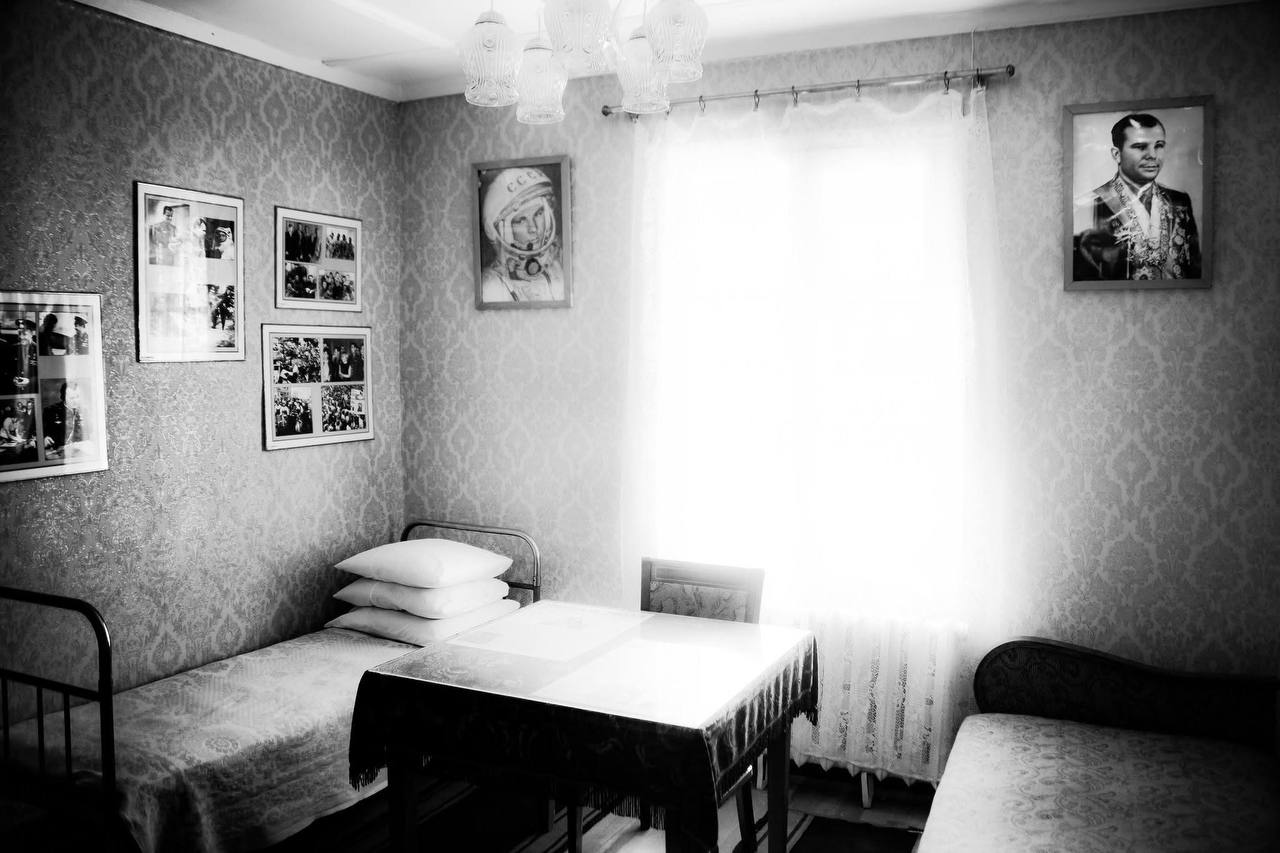
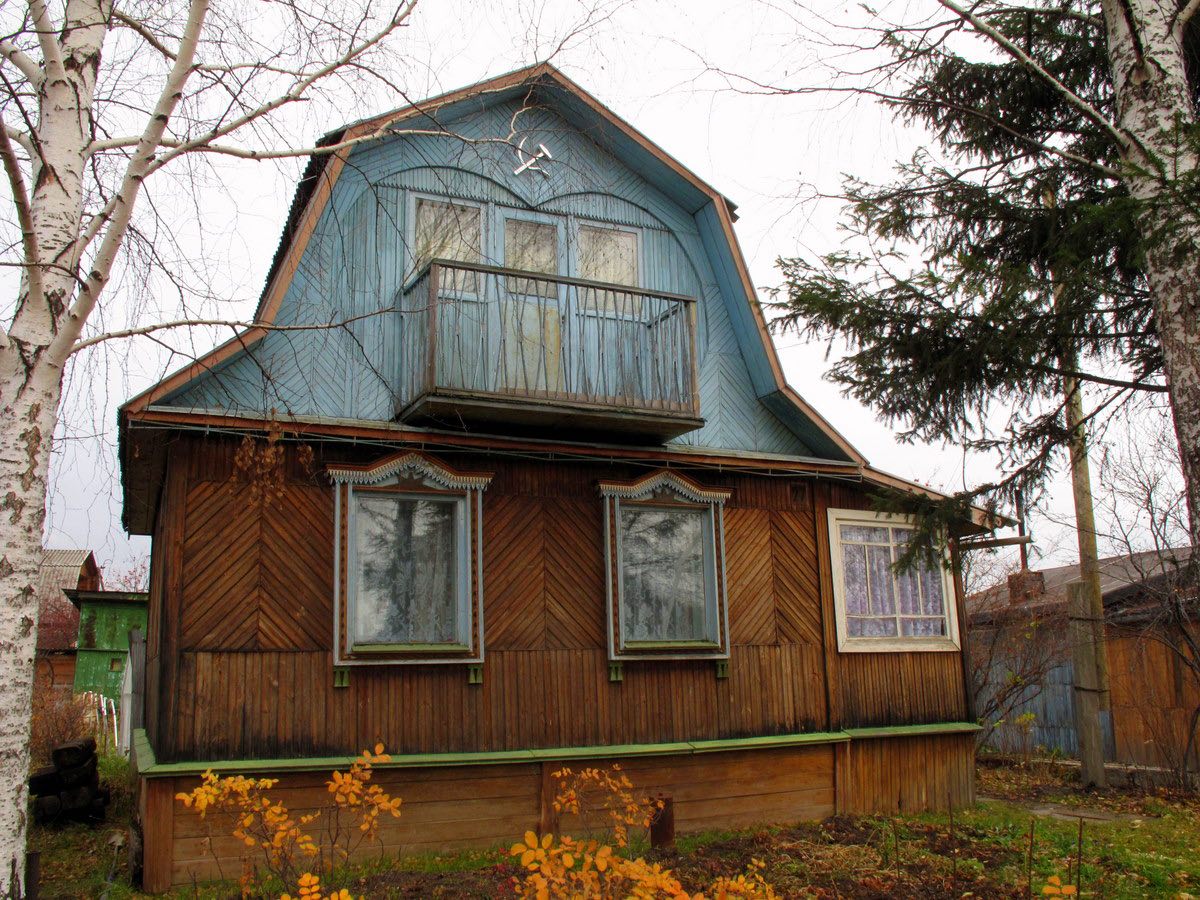
Dachas in Other Former Soviet States: A Cultural Legacy
While they are most commonly associated with Russia, this type of country retreat is not exclusive to the Russian Federation. The dacha tradition extended into many other parts of the former USSR, with each region putting its own unique spin on the concept.
Dachas in Transnistria
Transnistria, the unrecognized breakaway republic nestled between Moldova and Ukraine, is another place where the dacha culture persists. Much like in Russia, it is a beloved retreat for many Transnistrians. The region’s Soviet past has left a legacy of dacha-style homes, which are often passed down through generations. These homes provide a space for families to escape from the hustle of the capital, Tiraspol, and reconnect with nature along the picturesque banks of the Dniester River.
Transnistrians, like Russians, take great pride in their summer homes, cultivating gardens full of produce, flowers, and even grapevines to make homemade wine. The dacha offers a unique way to experience the region’s rural life, and visitors to Transnistria can explore this aspect of its culture by taking a trip to one of the many small villages outside the capital. Here, dacha owners spend their weekends gardening, fishing, and celebrating the slow pace of rural life.
Click the link to read about our Transnsitria Tours.
In the Caucasus
The culture also extended to other former Soviet republics, including Armenia, Georgia, and Azerbaijan. In the Caucasus, the dacha became a space for relaxation and family gatherings, but also a symbol of a connection to the land. In Georgia, for instance, families would often grow their own vegetables and fruits, such as grapes, figs, and pomegranates, while enjoying the cool mountain air and hospitality of the countryside.
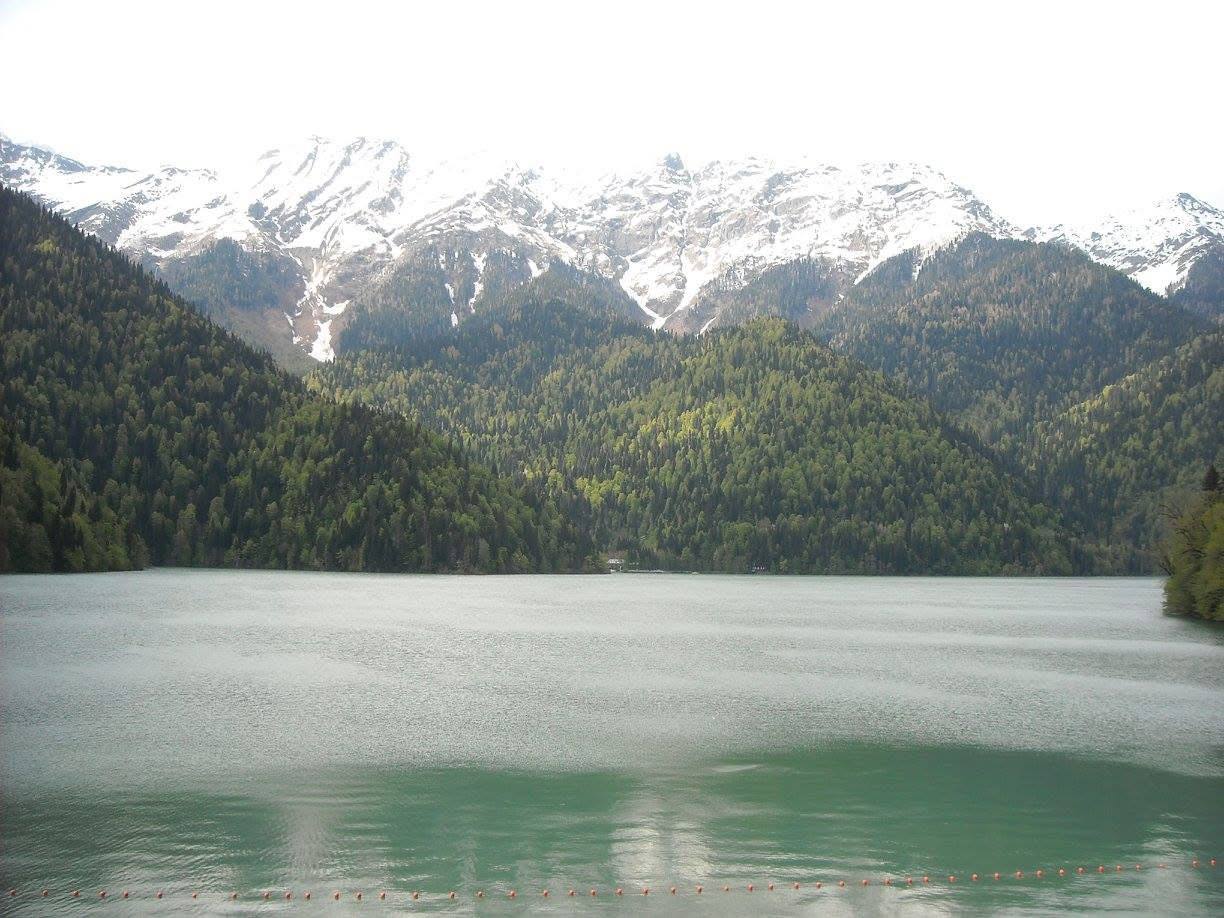
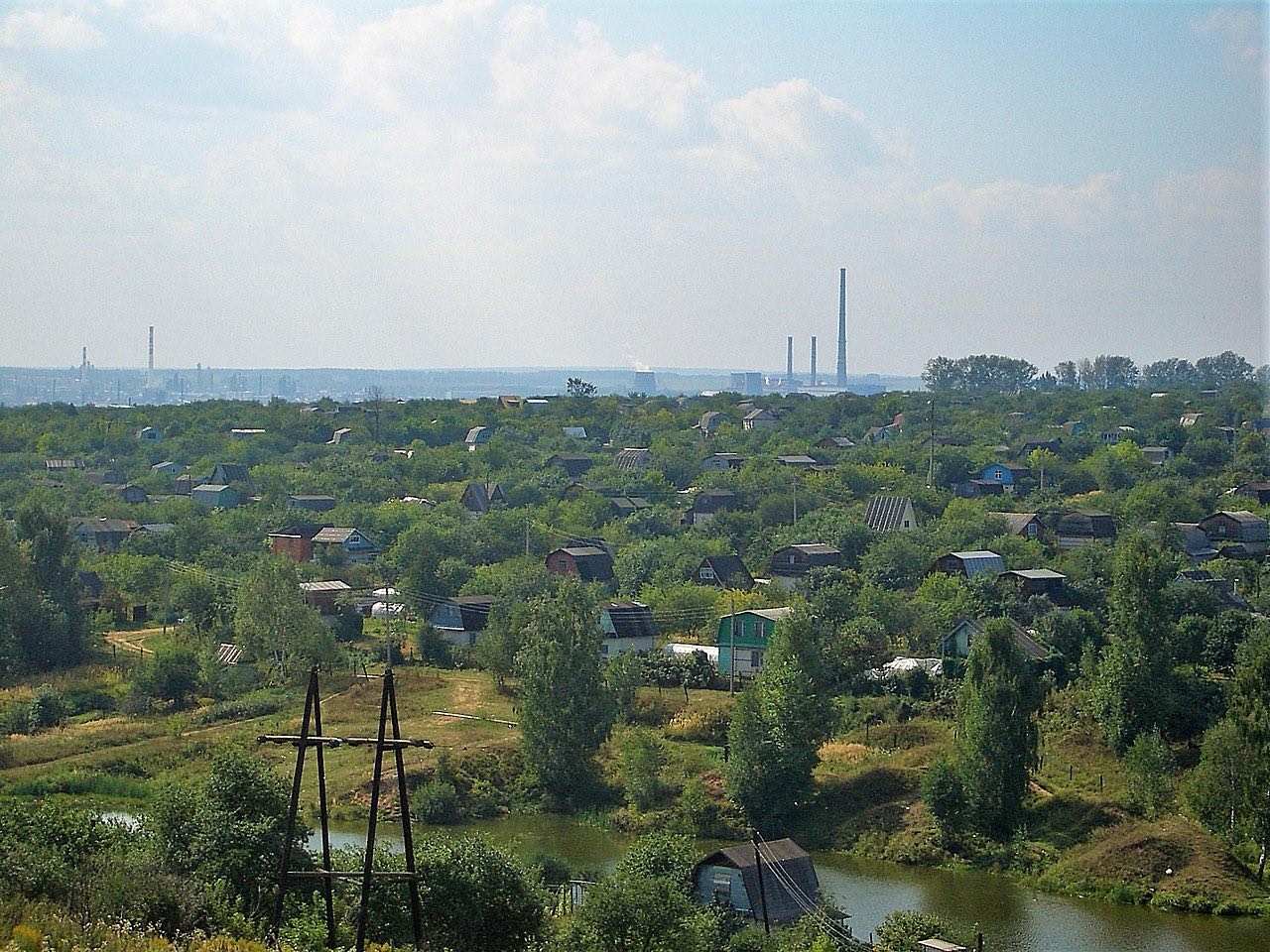
In Ukraine and Moldova
While dachas are a symbol of rural life in much of the former Soviet Union, they also have a rich cultural history in Ukraine and Moldova. In these countries, dacha homes were often located on plots of land outside major cities, where people could escape to grow their own food, enjoy the fresh air, and spend time with family. Today, many Ukrainians and Moldovans continue the tradition of dacha life, with local markets often featuring homemade produce and crafts straight from the gardens of these rural retreats.
The Dacha Today: A Relaxing Retreat for the Modern Russian
In today’s Russia, the dacha continues to serve as a symbol of leisure and self-sufficiency. Although many Russians now live in more modern, urban apartments, the tradition of escaping to the countryside remains deeply embedded in the culture. Whether it’s a rustic cabin, a grand villa, or a small plot of land, the dacha remains a place where people can grow their own food, reconnect with nature, and escape the stress of the modern world.
While the political and cultural landscape of the former USSR has changed, the dacha remains a constant. In Russia and beyond, the dacha continues to serve as a quiet escape from the fast pace of urban life, a place for families to gather, and a testament to a simpler, slower way of living.
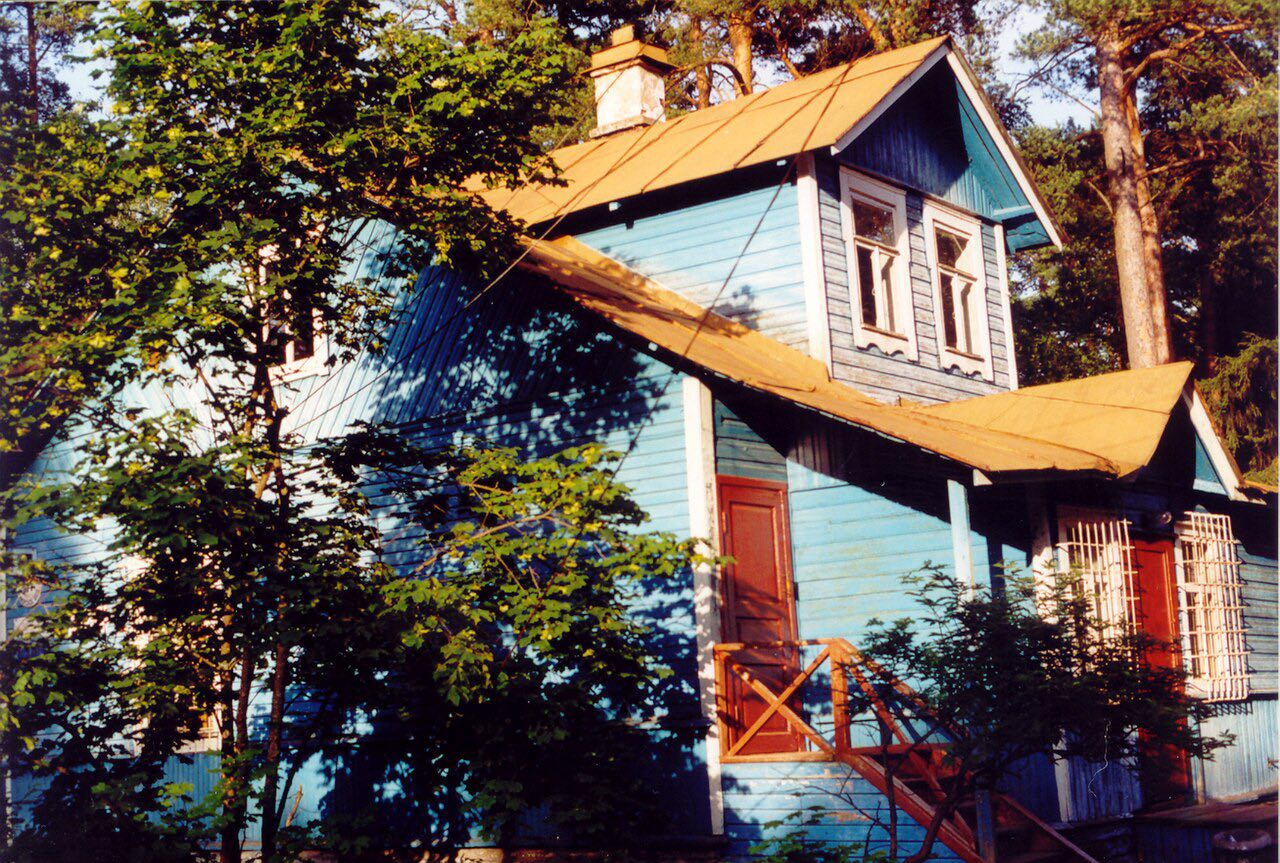
Conclusion
Whether in Russia, Transnistria, or other former Soviet states, the dacha holds a special place in the hearts of millions. This rustic retreat is not just a vacation home but a cultural institution, a symbol of a way of life that connects people to the land and to each other.
But before you get too excited and decide to purchase one immediately, do remember one thing! Gorbachev was arrested at his, which led to the fall of the USSR.
Come see these summer homes and more on one of of our Soviet Tours.





